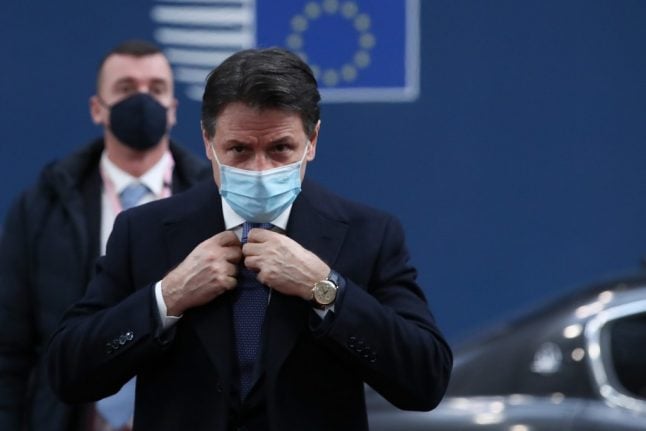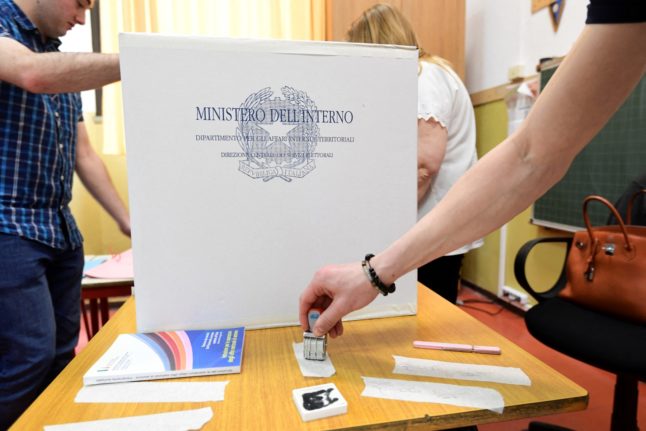The recovery fund is worth 222 billion euros in total, with most of it coming from a European Union fund allocated to help alleviate the economic impact of the coronavirus pandemic.
READ ALSO: How the EU agreed its €750 billion rescue plan to save shattered economies
Italy, which pushed hard for more EU support at the height of the crisis, is set to receive the largest share: 209 billion euros, or 28 percent of the entire rescue fund.
The plan allocates 18 billion euros to the cash-strapped health service, with a further eight billion for tourism.
Other sectors to be prioritised are the transition to a greener economy (67 billion euros), education and research (26 billion euros) and transportation projects (32 billion euros).
Italy is due to submit its final plan to Brussels for approval by mid-April.
Prime Minister Giuseppe Conte has previously described the recovery fund as “an opportunity for us to design a better Italy, to work on a serious, comprehensive investment plan that will make the country more modern, greener, and more socially inclusive”.
- Could rebuilding Italy's crumbling roads and bridges save the post-lockdown economy?
- The plan to revive Italy's abandoned villages after the coronavirus outbreak
- Foreigners rank Italy 'worst in Europe' for internet and paying without cash
Economists say entrenched structural problems have put the brakes on progress for decades. They include Italy's burdensome public bureaucracy, sub-par infrastructure, including slow adoption of digital technology, and widespread tax evasion.
Italy has already pushed ahead with various policies aimed at encouraging people to use electronic payments rather than cash, including a 'receipt lottery', and with tax breaks on eco-friendly renovation projects.
Conte has however faced criticism for not allocating enough money for projects addressing long-term structural issues.
Conte will on Friday meet to discuss the revised proposals with representatives of government coalition partners Italia Viva, the populist Five Star Movement (M5S) and the centre-left Democratic Party (PD).
The leader of the small but pivotal Italia Viva party, former premier Matteo Renzi, has threatened to pull out of the ruling coalition over this and other issues, risking its collapse.
Reflecting the strain on the country's economy and public finances from the pandemic, Italy's public deficit reached 9.4 percent of gross domestic product in the third quarter of 2020, the national statistics agency Istat said Friday – up from 2.2 percent in the same period in 2019.
For the year 2020 as a whole, the government forecasts the deficit – the shortfall between spending and revenue – will be 10.8 percent of GDP, against 1.6 percent in 2019.
The additional spending is expected to boost GDP by three percentage points.



 Please whitelist us to continue reading.
Please whitelist us to continue reading.
Member comments